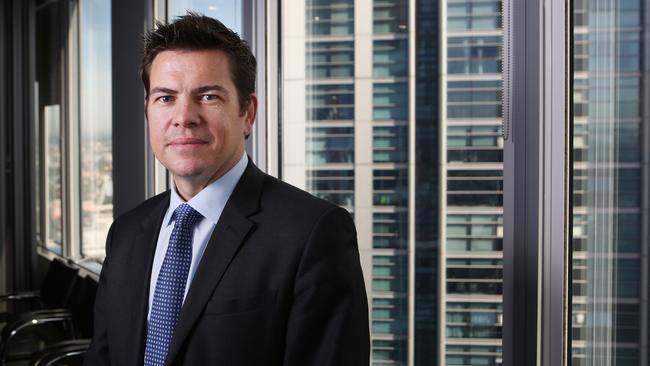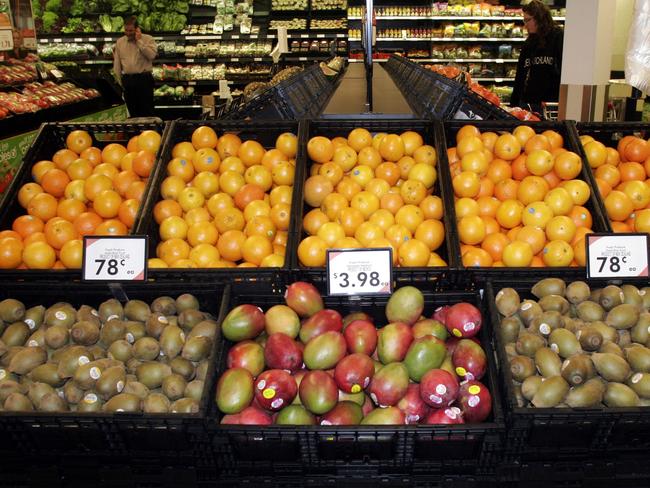Australia could learn from New Zealand’s lesson in the GST
LIFTING Australia’s GST rate above 10 per cent would be politically painful, but New Zealand’s experience shows it can be done.

PEOPLE who fear that raising or broadening the GST will hurt Australians are being urged to look at our nearest neighbour.
Despite anti-GST scare campaigns from Labor and the Greens, a News Corp Australia analysis has found that New Zealand — which increased its GST from 12.5 per cent to 15 per cent five years ago — has survived and thrived to be in better economic shape than Australia.
New Zealand’s economy has been growing faster than Australia’s since 2013, its inflation is lower than ours, its top personal tax rate is much lower, and both countries have low unemployment rates around six per cent.
Economists say the Kiwis have shown the way in tax reform but warn that similar GST changes here will be a political challenge. Many believe a higher GST and lower personal tax rates will support economic growth.
New Zealand’s GST was first introduced in 1986 and it covers more than 95 per cent of spending, but HSBC chief economist Paul Bloxham said Australia’s GST covered less than half of what households consumed because of exemptions for items such as fresh food, education and healthcare.
“The lifting of the GST in New Zealand went by without too much fuss,” he said. “The lesson to be learned from New Zealand’s experience was that these sort of reforms don’t need to be a big deal.

“It’s hard to take tax reform to an election, but we certainly need tax reform in Australia. And we have a tax system that’s far too reliant on personal income taxes and corporate taxes and not reliant enough, compared to the rest of the world, on a GST.”
H & R Block director of tax communications Mark Chapman said a GST was often seen as an efficient tax because it was easy to collect and difficult to avoid.
“It’s widely acknowledged that our 10 per cent rate of GST is low by international standards,” he said.
New Zealand’s GST increases in 1989 and 2010 only produced short-term rises in inflation. AMP Capital chief economist Shane Oliver said its last GST rise was attached to a big cut in the top tax rate to 33c in the dollar. Australia’s top marginal tax rate (including the Medicare and Budget repair levies) is 49c in the dollar.
“New Zealand found it easier because they have had more recessions than we have had. People were more in tune to the need to change,” Dr Oliver said.
“And they don’t have an Upper House that’s going to block things, so the scare campaigns tend not to get under way.”
Dr Oliver said compensating lower income households for a higher Australian GST should not be too difficult, and it was up to the Federal Government to convince people that changes were needed and were fair.
“It could fail because of political arguments other than underlying economics,” he said. “I think we could do it but it would require a good sales job. As the Prime Minister says, it has to be seen as fair.”



